By Victoria Plum
I once found wild blue aquilegia growing near Cawston, on land managed by the Forestry Commission. A representative to whom I spoke told me it would be the rarest plant I would ever find – and he was right.
It’s not there anymore, destroyed I expect by forestry operations. I don’t think it could have been a garden escape because of its (secret) location.
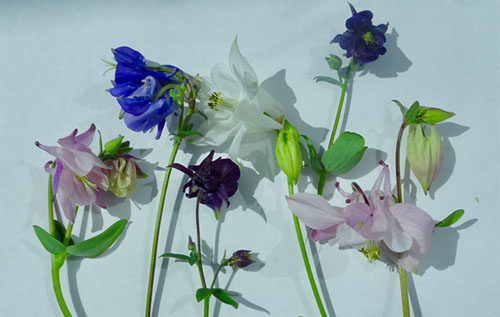
The wild plant is very pretty, but it does hybridise easily. My old neighbour gave me some from her garden many years ago; they were just like the wild ones, but pink, and of course had simple flowers (I flirted with the exotic long-spurred hybrids with their artificial-looking colour combinations years ago when I was young, but now much prefer the more natural sorts) and she called them “granny’s hoods” or “granny’s bonnets”.
(Incidentally, she called goldfinches “King Harrys”; I think this old name arose because the markings look so regal, and not unlike the general effect of the broad gold chain and ornate costume worn by Henry XIII in well-known paintings, such as the Holbein copy in Blickling Hall.)
So I have been interested to see the variance in colour and size of aquilegia flowers evident in my garden this year with no help from me whatsoever. I just leave them to grow and pull them out if they are in the wrong place.
I have Japanese knotweed (below) growing in my garden – I did not plant it. It is virtually impossible to eradicate. I control it by pulling up every bit I see when only a few inches high, perhaps six shoots a year.
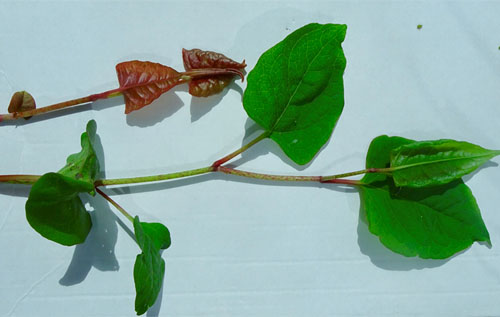
But I have recently found Japanese knotweed growing in the carpark on Cawston Heath. The only way it could have got there is by someone dumping garden waste.
Please be vigilant and dispose of terrible weeds like this responsibly, because just like bindweed and ground elder, this plant grows from just the smallest bit of root.
Photos: Tina Sutton


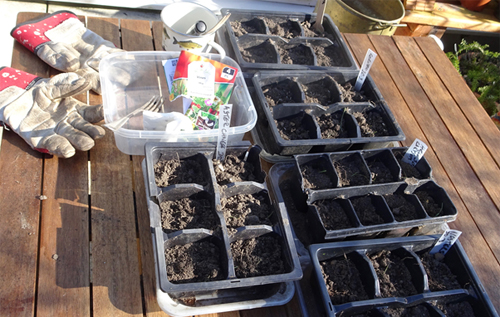
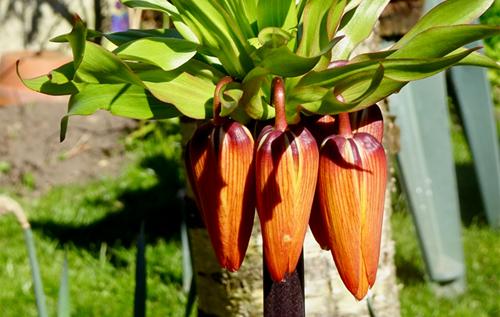
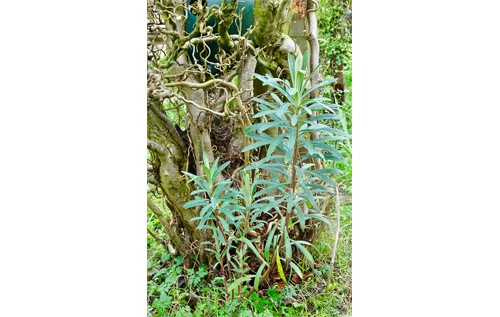
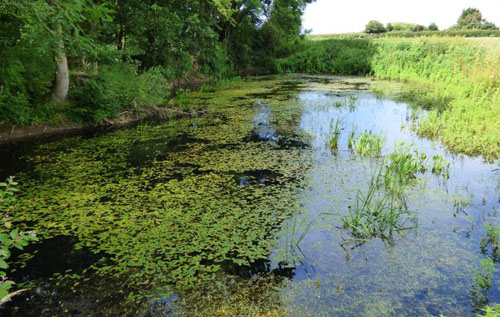
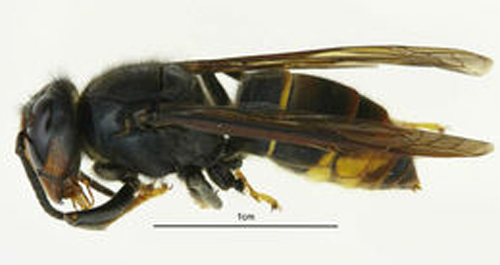
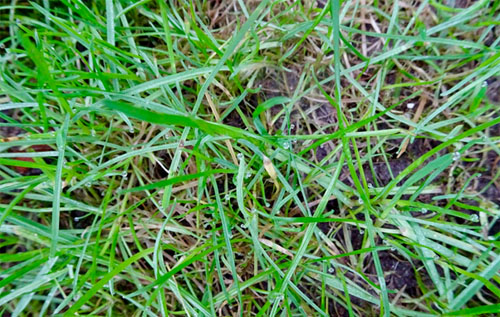
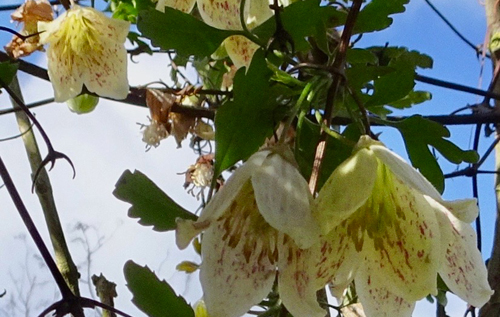
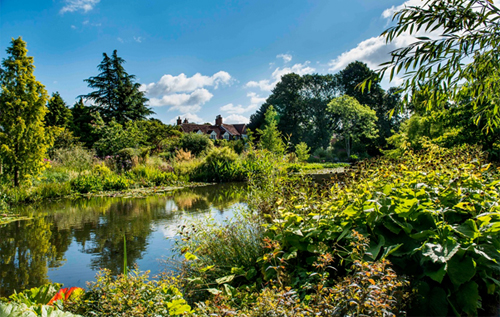
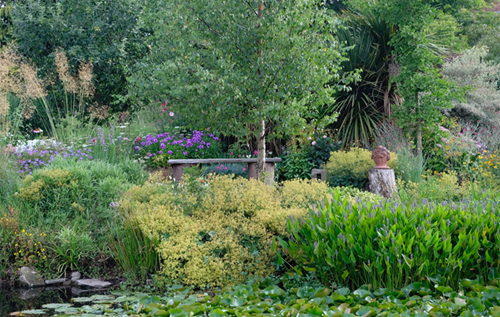
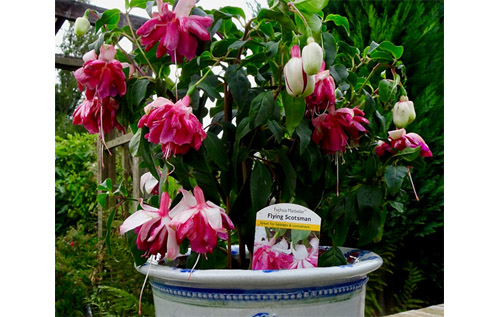
.jpg)
.jpg)